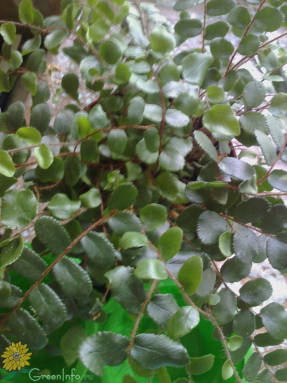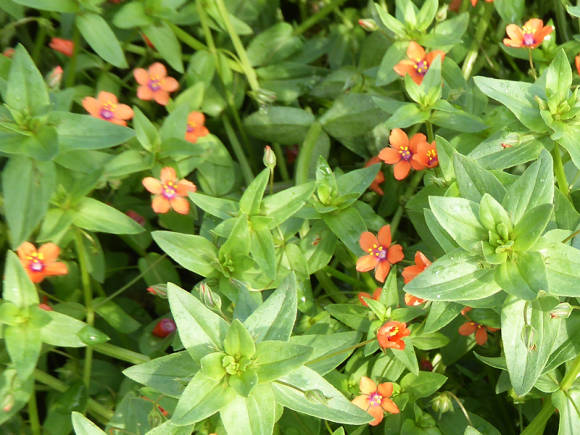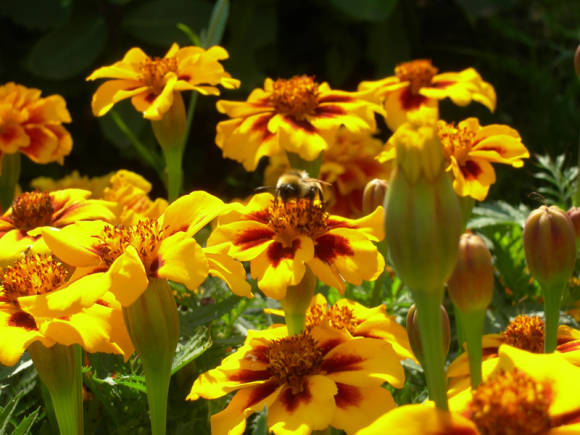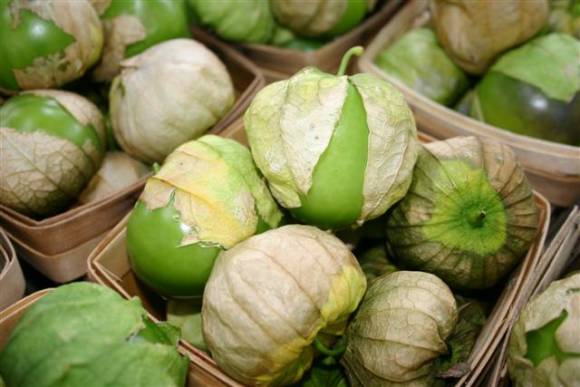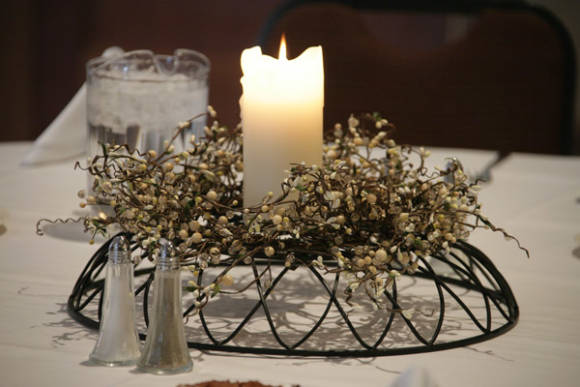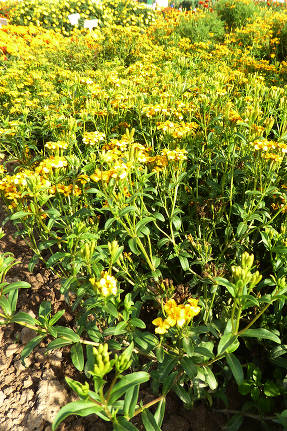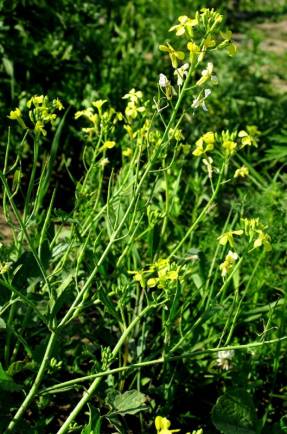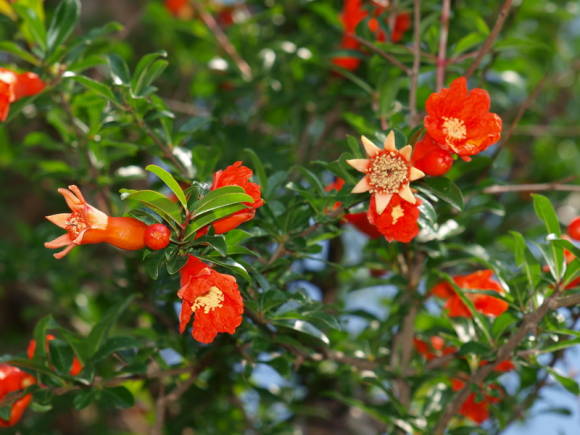 |
Planting and transplanting plants, as a rule, is timed to the period when active root growth occurs. For irises, this time comes 2-3 weeks after the end of flowering. First, the rudiments of new roots appear, clearly visible in the form of tubercles on the rhizome, and then young, fragile roots grow. It is important to have time to carry out division at the primordial stage, since young roots break easily. Or wait for August - early September, when they become fibrous and not so fragile.
Irises are rhizomatous plants that can grow in one place for several years. The champions in this regard are Siberian irises, which, under optimal conditions, are capable of growing in one place for up to 30 years, growing into clumps of up to 2.5 m in diameter. The most beloved bearded irises should be divided after 7-8 years, and rapidly growing varieties - every 3-4 years, since the rhizomes grow along the periphery, and the old links in the middle of the curtain die off, reducing the intensity of flowering and decorative plantings.
If you have a large collection, it is more expedient to start with early irises - dwarf bearded, medium and tall varieties can wait a week. Beardless irises are divided in August and early September.
Planting material
The standard planting unit of the bearded iris is an annual link - a "shoulder blade" with a fan of leaves. By the number of leaves, you can usually predict whether flowering will take place next year. If the fan consists of 7-8 leaves, the flower bud should already be laid, and if it consists of 3-4 leaves, the flowering will have to wait 2-3 years.
 |
If the time has come to divide the irises available in the garden, then the bush must first be watered, dug with pitchforks from all sides and removed from the ground. After washing, the rhizomes are cut into segments with one or two annual links. First, they are disinfected in a solution of the drug "Maxim", then slightly dried in the sun. Leaves and roots are shortened to reduce moisture consumption, leaving only 10 cm. Such cuttings can withstand dry storage at room temperature for 2 weeks without any damage. Wet storage is contraindicated as the rhizomes can rot. The links remaining after dividing without roots and leaves are also put into action - they are planted in a school for growing. In the next season, dormant buds awaken on them, but such plants bloom later, sometimes for 5-6 years.
You can get iris planting material without disturbing the entire bush. To do this, they dig it in on one side and cut off a part of the rhizome, which is then divided into annual links. The rest is sprinkled with earth only after disinfection of the sections with wood ash or brilliant green. This solves the problem of not only reproduction, but also the rejuvenation of the plant.
With the help of a simple technique, you can increase the efficiency of vegetative reproduction. On some rhizomes, small nipple buds are formed, which do not awaken due to the active terminal growth of the rhizome. Immediately after flowering, a narrow wedge is cut across such a rhizome, separating the apical fan of leaves from dormant buds. The place of the cut is sprinkled with charcoal. By the next growing season, the buds come to life and form several new links with roots and leaves that can be detached. This method makes it possible to increase the multiplication factor of difficult-to-grow varieties and to obtain a large amount of planting material.
Beardless irises - Siberian Iris (Iris sibirica), Iris water (Iris pseudacorus), Iris smooth (Iris laevigata), Bristly iris (Iris setosa), Iris multicolored (Iris versicolor) divided every 10-12 years in August or early spring, at the beginning of regrowth. The leaves are shortened by 2/3, the roots are up to 8-10 cm.Delen of these moisture-loving irises do not tolerate drying, so they are stored in moist sphagnum until planting.
Soil preparation
Bearded irises do not tolerate stagnant water at all; only drained soils are suitable for planting them. With a high standing of groundwater, landing on elevations or raised ridges is practiced. The site for planting irises should be well lit, although light partial shade in the afternoon is acceptable. In the shade, irises do not bloom well.
 |
For Siberian irises, marsh, multi-colored, excess moisture is not only not dangerous, but also desirable. They can grow on more acidic (pH 5.5-6.5) peaty soils improved by the addition of sand and clay, in the coastal zone of the reservoir.
The soil preparation stage for all irises is of great importance. Dense branching of rhizomes makes it difficult to weed from perennial weeds, especially bothering irises, wheatgrass, sow thistle, dandelion. Therefore, it is recommended to prepare the site in advance. In this case, simply digging up the soil and picking out the weeds is not enough. Painstaking iris growers sift it twice through a screen - first with large, then with small cells.
Another option is to start preparing the site for planting irises in the spring, when weeds begin to regrow. During this period, herbicides of total action - "Roundup", "Hurricane", "Sniper", are especially effective on them. Within a week after treatment, the plants wither and begin to die, although this does not completely exempt from the mechanical collection of rhizomes after digging. By the way, since irises are monocotyledonous plants, weed residues can be successfully controlled in the future with the help of selective herbicides - "Lontrela" or "Lintura", used to control dicotyledonous weeds on the lawn. And not necessarily by spraying the plantings - with a small number of weeds, you can use a more laborious, but no less reliable "marking method" when the solution is applied to the leaves of germinating weeds with a brush.
Irises are unpretentious, undemanding to the composition of the soil, but the more aristocratic the variety you choose, the better the conditions for its cultivation should be. On rich soils, flowering will be incomparably richer than on poor loam. Therefore, compost or oily garden soil is applied to the soil under bearded irises, as well as phosphorus-potassium fertilizers (potassium monophosphate is preferable to superphosphate) and wood ash or dolomite flour for deoxidation. The soil should be slightly acidic or neutral (pH 6.5-7.0). Sand is added to loams, to sandy soils, on the contrary - clay soil. More sand is added to the top layer of 15-20 cm. For disinfection from diseases, it is useful to spill the prepared area with a solution of "Shining", "Baikal" or "Renaissance" or a biological fungicide "Fitosporin-M".
All this preparation must be completed 3-4 weeks before planting and the earth must be allowed to settle.
Planting irises
High varieties of bearded and beardless iris are planted at a distance of 70-80 cm, dwarf ones - closer, after 30-40 cm.
Dried planting material that has withstood long-term shipment or storage is useful to pre-treat with growth stimulants. Of these, the best in this case are "Zircon" and "Ecoel".
 |
When planting bearded irises, an earthen mound is poured onto the bottom of the hole. A rhizome is placed on it, horizontally to the soil surface or at a slight angle, and the roots are straightened. The fan of leaves should be slightly raised and directed to the south for the bush to develop symmetrically. Cover with earth, leaving the upper part of the scapula on the surface, and watered. Bearded irises absolutely cannot stand the deepening of the rhizome, which provokes the development of rot.
Beardless irises are planted differently, with a depth of several centimeters, and mulched with peat or coniferous litter to retain moisture. On hot days, planting is shaded.
It is possible to plant irises until the end of September, but at a later date, the risk of plant loss in winter increases.In the case of late planting, bearded irises are covered with a 7-8-centimeter layer of sand with wood ash (1 glass of ash per bucket of sand) and spruce branches, beardless ones mulch with peat.
Transplanting plants with a clod of earth can be carried out at any time, from the beginning of the regrowth of leaves until autumn. However, it is desirable to time the movement, like division, to the period of active root growth in the last decade of July.
The vulnerability of bearded irises to bacterial and gray rot makes them use crop rotation when growing them. It is possible to return irises to their original place only after 3-4 years. If the plants are sick, it is useful to improve the soil by sowing siderates - winter rye, mustard, phacelia. With a lack of planting areas in place of the bearded iris, you can plant a Siberian one, which is resistant to these diseases and has a healing effect on the soil.
